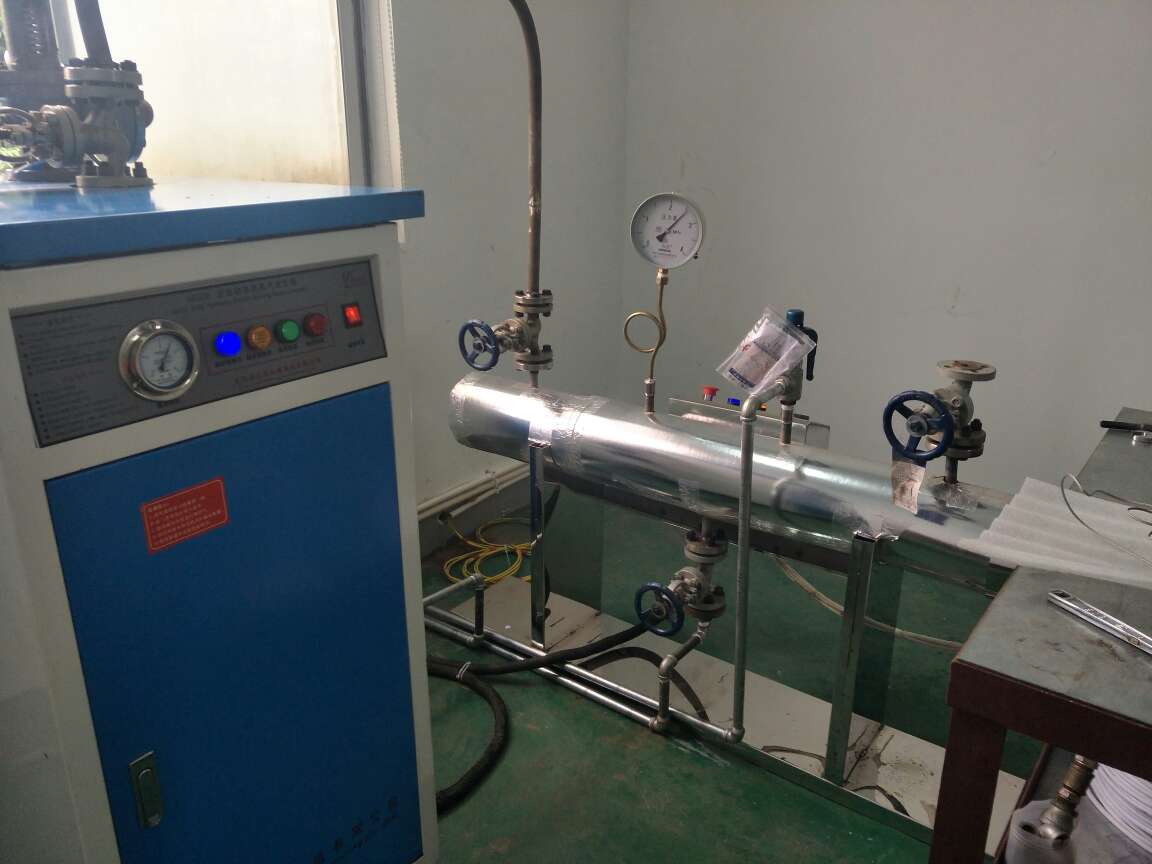A:The steam generator generally heats and outputs the water in the furnace through the combustion of fuel to supply life and heating. Under normal conditions, the horizontal water circulation is in a stable state, but when the circulation structure is not standardized or the operation is improper, some failures often occur.
Downpipe with steam:
Under normal operating conditions of the steam generator, steam cannot exist in the downcomer, otherwise, the water needs to flow downward, and the steam needs to float upward, and the two are opposed to each other, which not only enhances the flow resistance, but also reduces the circulation flow , when the situation is serious, air resistance will be formed, which will prompt the water circulation to stop, causing the water wall tubes to be generally damaged due to lack of water. In order to solve this problem, the downcomer of the steam generator should not be exposed to heat, and should be connected to the water space of the drum, as far as possible connected to the bottom of the drum, and ensure that the height between the inlet of the downcomer and the low water level of the drum is not low Four times the diameter of the downcomer. In order to prevent steam from being carried into the pipe.

Loop stuck:
During the use of the steam generator, in the same circulation loop, when each ascending tube in parallel is heated unevenly, the density of the steam-water mixture in the tube that is weakly heated must be greater than that of the steam-water mixture in the tube that is strongly heated. Under the premise that the water supply of the downpipe is relatively limited, the flow rate in the weakly heated pipe may drop, and may be in a state of stagnation. This situation is called cycle stagnation. At this time, the steam in the rising pipe cannot be carried away in time. , leading to pipe wall overheating pipe rupture accidents.
Soda layering:
When the water-cooled wall tubes of the steam generator are arranged horizontally or horizontally, and the flow rate of the steam-water mixture in the tubes is not too high, since the steam is much lighter than the water, the steam flows above the tubes, and the water flows below the tubes. This situation is called Soda-water stratification, due to the poor thermal conductivity of steam, the top of the pipe is easily overheated and damaged. Therefore, the riser or outlet pipe of the soda-water mixture cannot be arranged horizontally, and the inclination should not be less than 15 degrees.
Loopback:
When the heating of each ascending tube in parallel is very uneven, the steam-water mixture in the tube with strong heat exposure will have a strong lifting force, the flow rate will be too large and a suction effect will be formed, causing the steam-water mixture in the tube with weak heat exposure to flow in a direction different from the normal circulation direction , this situation is called reverse circulation. If the rising speed of the bubbles is the same as the downward flow speed of the water, it will cause the bubbles to stagnate and form “air resistance”, which will lead to the rupture of the overheated pipe in the air resistance pipe section.
Post time: Aug-16-2023




